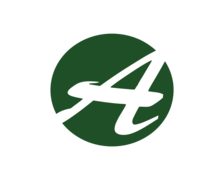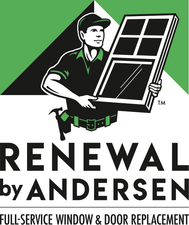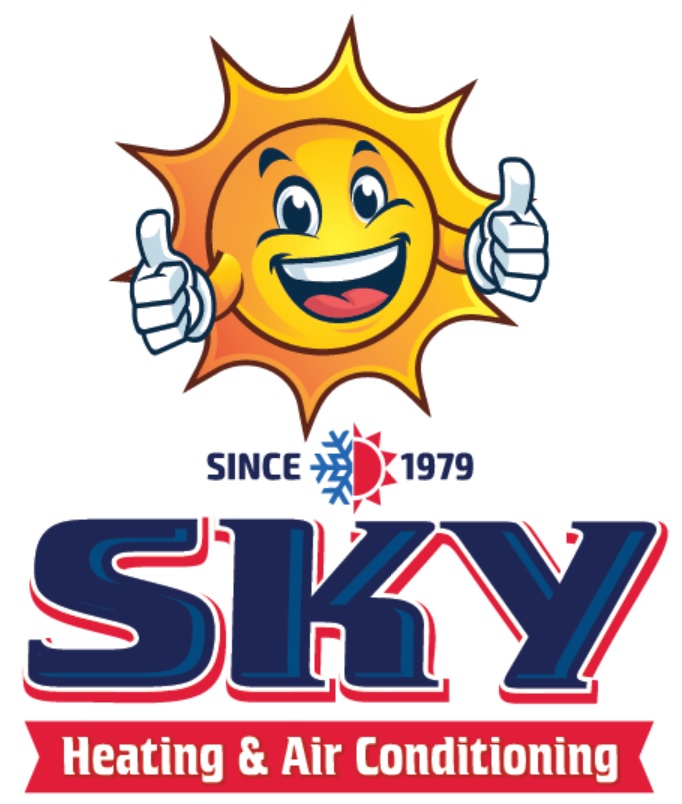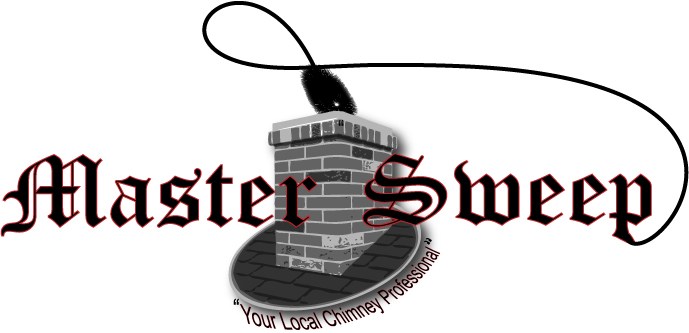
Get matched with top gas log pros in Diamond Lake, OR
Enter your zip and get matched with up to 5 pros
Need a pro for your gas log service project in Diamond Lake, OR?
Verified Reviews for Gas Log Service pros in Diamond Lake, OR
*The Angi rating for Gas Log Service companies in Diamond Lake, OR is a rating based on verified reviews from our community of homeowners who have used these pros to meet their Gas Log Service needs.
*The HomeAdvisor rating for Gas Log Service companies in Diamond Lake, OR is a rating based on verified reviews from our community of homeowners who have used these pros to meet their Gas Log Service needs.
Last update on November 21, 2025
Find Gas log pros in Diamond Lake
Fireside
Fireside
Additional phone - (541) 388-6932.
Additional phone - (541) 388-6932.
The homeowners guide to home care is here
From average costs to expert advice, get all the answers you need to get your job done.

Tile and grout cleaning brings your tiled rooms back to life. In this guide, find out the details of how much it costs to hire tile and grout cleaners.

Mattress cleaning cost depends on the number of mattresses being cleaned and the size of each. Use this guide to better understand mattress cleaning prices.
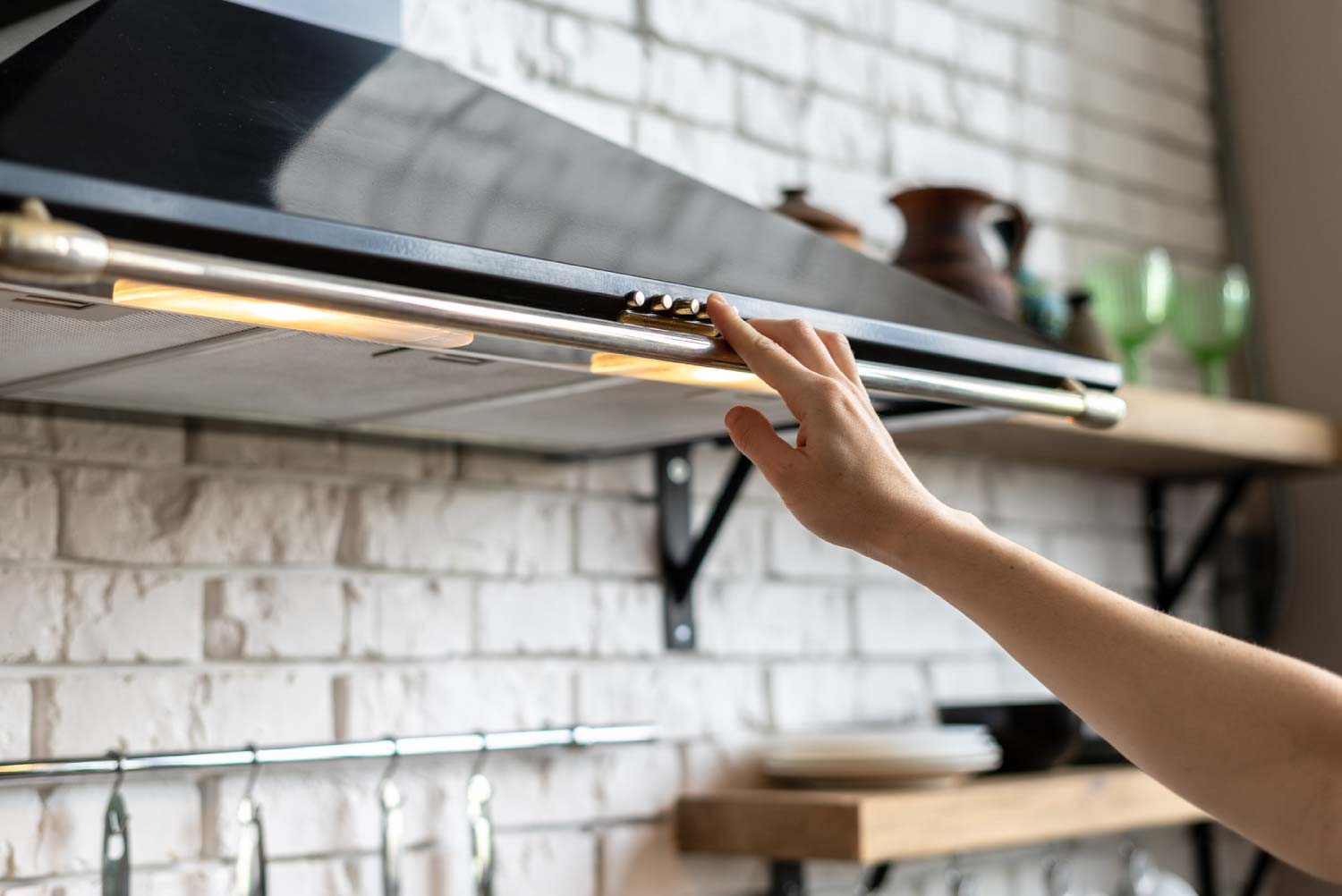 •
•Discover the average kitchen hood cleaning cost, what impacts pricing, and how to budget for this essential maintenance. Get tips to save and keep your kitchen safe.

Hiring a house cleaner is a great fit for many. It can be the best way for busy people to have a clean home without giving up their free time. Here are some key things to help you decide whether hiring a house cleaner is worth your hard-earned money.

Tired of finding hard water stains around your home? Learn how to remove hard water stains from toilets, shower doors, counters, and more.
 •
•Find out the average commercial cleaning cost, what factors impact pricing, and how to save—empowering you to make informed decisions for your business.
- La Pine, OR Gas log pros
- Butte Falls, OR Gas log pros
- Trail, OR Gas log pros
- Sunriver, OR Gas log pros
- Shady Cove, OR Gas log pros
- Eagle Point, OR Gas log pros
- White City, OR Gas log pros
- Bend, OR Gas log pros
- Medford, OR Gas log pros
- Central Point, OR Gas log pros
- Phoenix, OR Gas log pros
- Ashland, OR Gas log pros
- Lowell, OR Gas log pros
- Talent, OR Gas log pros
